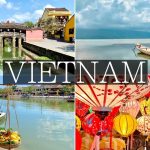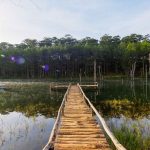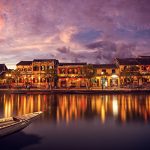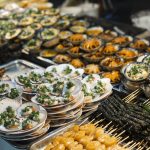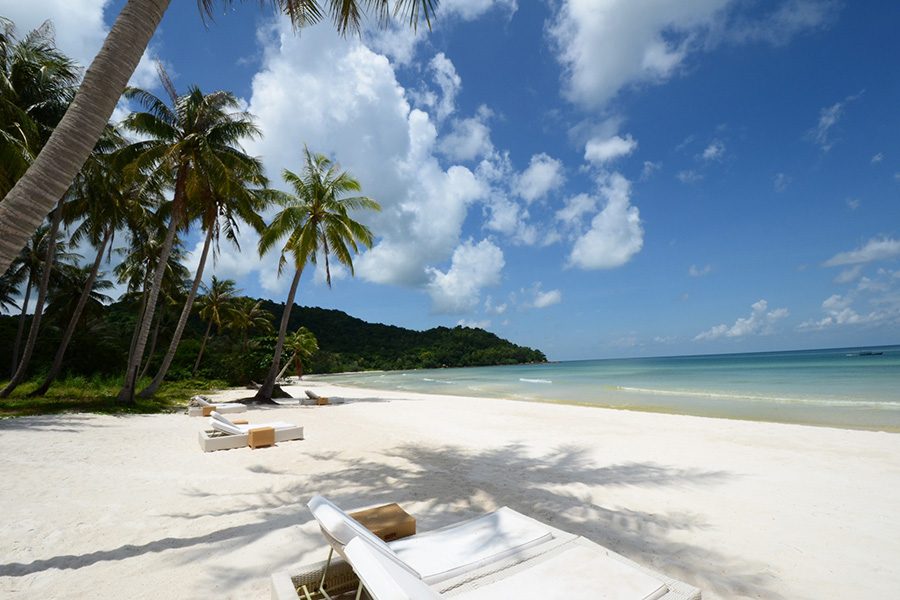
Phu Quoc Weather – Interesting Things to do in the main 2 seasons
Phu Quoc weather changes throughout the year, so it’s important to do your research before booking your flight. Most of its rainfall happens from July to September. Sunny skies are common between November and March. You can enjoy consistently warm temperatures thanks to its tropical monsoon climate.
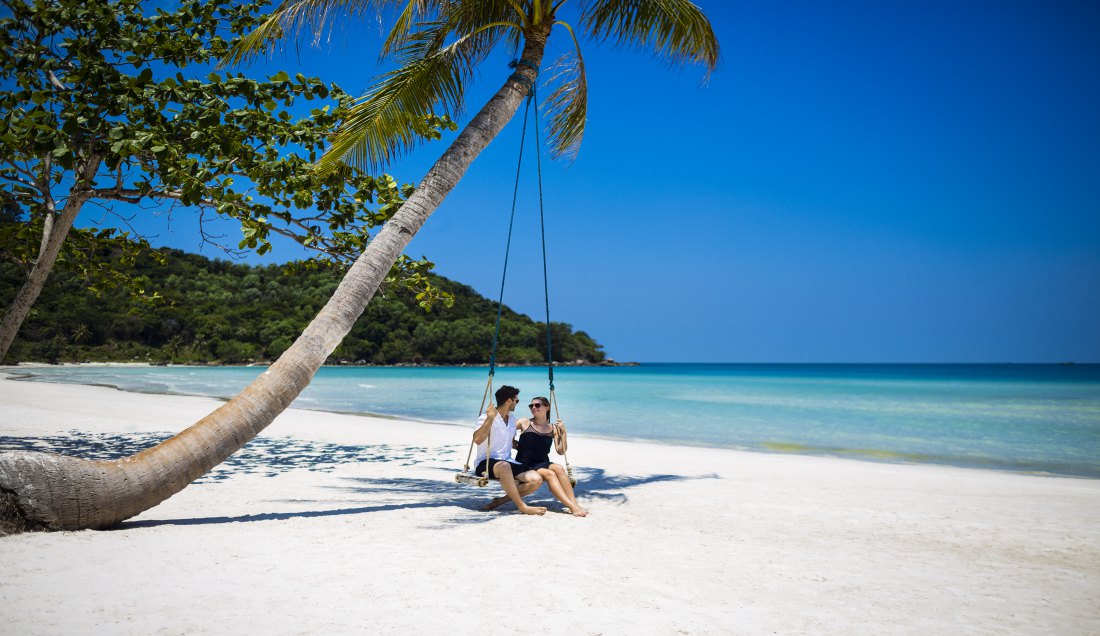
[ez-toc]
Dry Season
Book those plane tickets as quickly as possible, the dry season in Phu Quoc Island beckons travellers from far and wide to its immaculate beaches and placid waters, all lying under a light blue sky speckled with non-threatening white clouds. The dry season is undoubtedly the best time to visit Phu Quoc because of the resplendent natural show that the island puts on for its visitors.
From November until March, Phu Quoc weather sees sunny skies and temperatures between 25°C and 28°C. You can sunbathe, snorkel and swim at Long Beach and Ong Lang Beach. Phu Quoc National Park and Suoi Tranh Waterfall are great for picnicking, jungle-trekking, camping, and birdwatching.
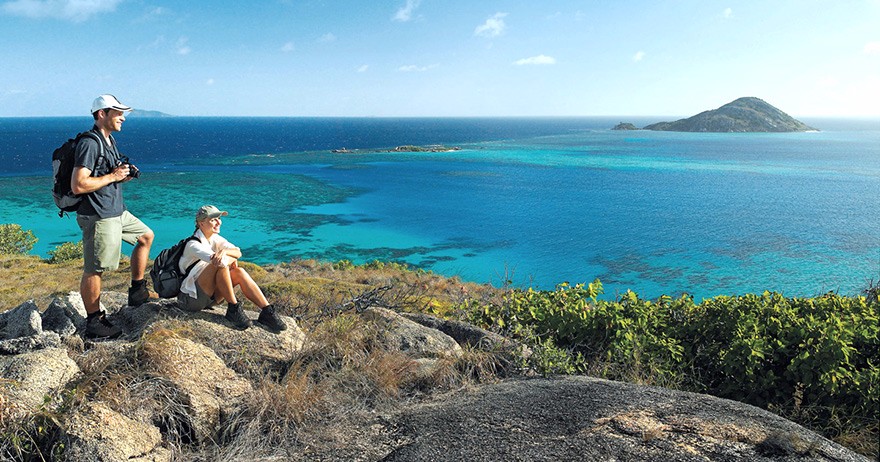
Things to do in Phu Quoc during the Dry Season
You really are spoiled for choice during the peak season in Phu Quoc. The island explodes into life with the arrival of many tourists seeking the perfect Vietnam beach retreat and finding it with ease on the golden shores. The 20km white-sand stretch of Long Beach becomes the hub of the island, with most of the activity revolving around the coastline next to the hotels.
• Go on a safari – The Vinpearl Safari and Conservation Park is situated at the north of the island, comprised of a zoo and an open-terrain safari.
• Take a hike – Just to the east of the safari is Phu Quoc National Park, which makes up a large portion of the Ken Giang Biosphere Reserve. This UNESCO-designated park is teeming with endemic wildlife, both in its waters and around the tall trees that comprise its forests. Hikes through the woodland can reveal some of Phu Quoc’s most amazing nature, including waterfalls, mangrove forests, vast seas of coral and the wealth of interesting monkeys, hornbills and manatees that call it all home.
• Nothing – Simply retiring to the beach to relax for the day is certainly the most popular of Phu Quoc’s highlights. The best time to visit Phu Quoc is when its beaches are sparkling, pellucid waters are shimmering, and the palm trees are dancing beneath a cloudless sky. Paradise indeed.
• Go island-hopping – If one island isn’t quite enough, Phu Quoc has a host of smaller islands to its south where the same resplendent beauty is exhibited proudly, and yet to no one. The 13 uninhabited landmasses around the archipelago are what real Vietnam Island retreat dreams are made of and can be visited via a charter boat cruise, which delivers customers to heavenly scenes straight out of a movie.
Rainy Season
Rainy season on Phu Quoc Island falls between July and September. Expect heavy showers in the late afternoon. Its average monthly rainfall ranges between 190mm and 361mm. Phu Quoc weather conditions are still pleasant, but roads can get very muddy at this time of the year. Try to avoid exploring Phu Quoc Island on motorcycle or bicycle.
There are many things to do on the island during the monsoon season. Phu Quoc Island has local markets, fishing villages, Cao Dai and Buddhist temples, pearl farms, and pepper plantations. Families can spend a fun-filled day with the little ones at Vinpearl Land Amusement Park.
It may not shock you to hear that rainfall during Phu Quoc’s wet season is pretty substantial. If you arrive in Ho Chi Minh City before heading to Phu Quoc, then you very well see the extent of what you should expect on the island.
It’s hard to pinpoint an exact month when the clouds of Phu Quoc unleash their watery fury the most, as their levels fluctuate greatly year-on-year, but any visits between July and September are likely to receive the biggest soaking. July illustrates this well, as 180mm in 2016 became a torrential 790mm in 2018, a staggering jump and one that left tourists wringing their clothes out from the unexpected storms. It’s best to play it safe and avoid visiting Phu Quoc between July and September if you can.
The sunniest months in Phu Quoc Island can even be found in the wet season on the odd occasion, and about 9 hours of sunshine per day have been recorded before over the hump of July to September.
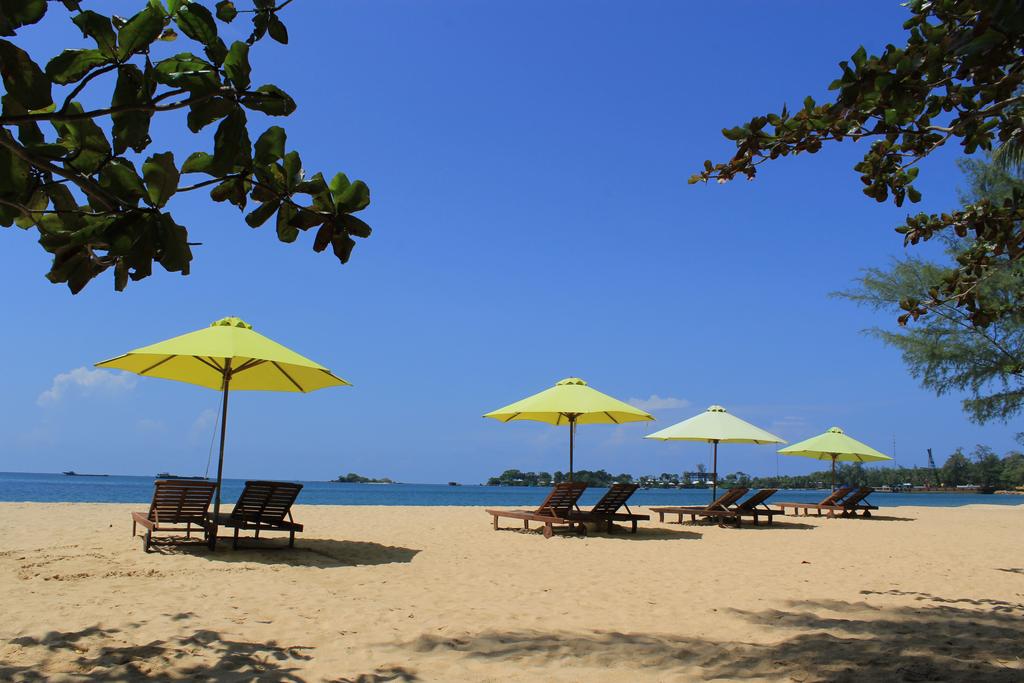
Things to do in Phu Quoc during the Wet Season
The wet season in Phu Quoc seriously limits your options in terms of viable activities as the vast majority of things to do involve being outside. However, plenty of Phu Quoc’s best attractions still remain open if you don’t mind taking the chance of an afternoon deluge disrupting your holiday in one of Vietnam’s top beach destinations.
• Take a cautious trip to the beach – It would be outrageous to visit Phu Quoc Island and not enjoy the wealth of beautiful beaches on offer here. The wet season can indeed make beach visits a bit more of a tentative affair, as tourists should be ready to pack up and run as soon as the rain starts falling, but this shouldn’t get in the way of your good time. Bring some rain-protective essentials and try your luck!
• Visit Phu Quoc Prison – It might not promote the same tropical holiday atmosphere as the many natural attractions in Phu Quoc, but the island’s prison is a worthy and educational stop that encapsulates some of the dark history that the island went through during the Vietnam War.
• Sip on a coffee in Duong Dong – Phu Quoc’s largest town is Duong Dong, but the term ‘largest’ should really come with an asterisk in this case. The tiny town offers a smattering of cafes and opportunities for people watching, but not a whole lot more. Sitting down for a coffee is a good idea before going shopping for tours throughout the town
•Recline in your room – It’s not all about being outside in Phu Quoc. Usually, beach resorts around the island are of a high quality and are located right on the beachfront, giving you a fantastic view of the potentially stormy nature outside from the security of your room. Hotels in Phu Quoc are always improving and many already contain a wealth of indoor activities to keep visitors entertained during the rainy season.

